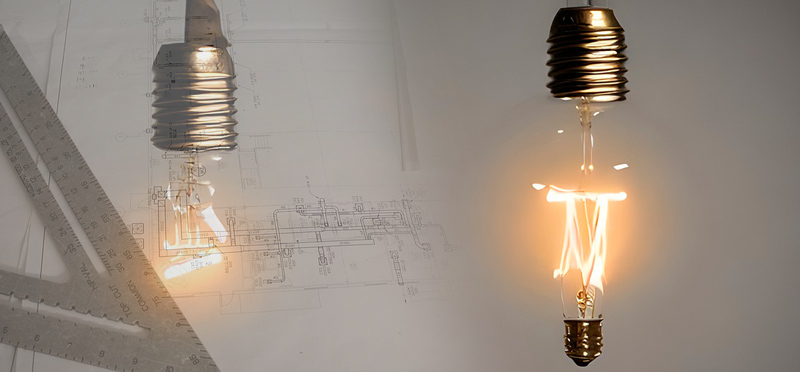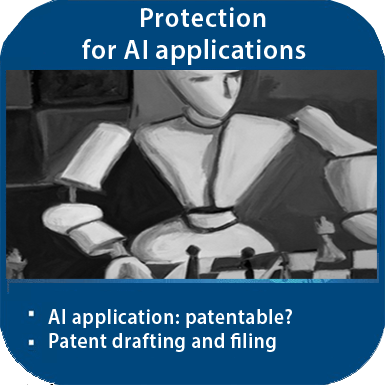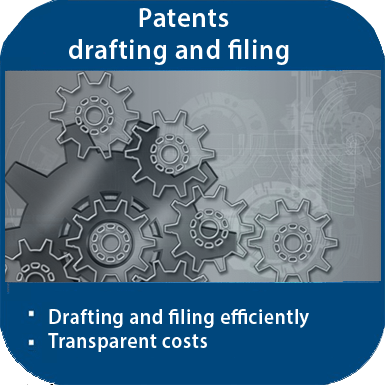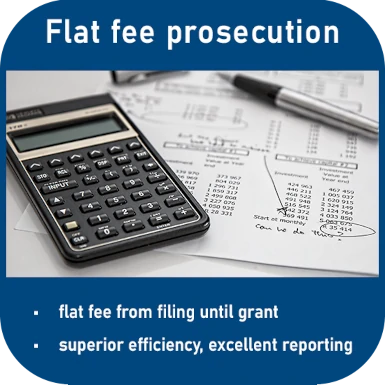Description and drawings an exception? EPO Pouch with inner container

The common saying "The patent is its own dictionary" is a bonmot with regard to the interpretation of the patent claim. This expression describes the guideline that the terms used in the patent documents should have their normal meaning in the relevant prior art, unless the description gives the term a special meaning.
Article 69 EPC states that the scope of protection of a European patent or a European patent application is determined by the claims. However, the description and drawings must be used to interpret the claims.
But is this has been called into question by EPO decision T 0169/20?
EPO Pouch with inner container, T 0169/20: an interesting decision
In the debate on claim interpretation, "much confusion has been created", according to the EPO Board of Appeal in decision T 0169/20 (Pouch with inner container/Reckitt) of 23 January 2023.
The case concerned the container of a packaged detergent composition (European Patent No. 2 892 992) and the question of whether the wording of the claim also covered embodiments in which the second container was contained in a different phase of the detergent composition (e.g. liquid, solid or powder).
The patentee argued that if a claim was ambiguous and there was doubt as to how it should be interpreted, the description should be used to clarify the ambiguity in order to assess patentability. Patentability was to be assessed on the basis of the subject-matter of the claims when interpreting the description and drawings in accordance with Article 69(1) EPC. In addition, the patent proprietor pointed out that there were apparently contradictory approaches in the case law of the Boards of Appeal in the interpretation of the patent claim.
The Board of Appeal of the EPO disagreed and discussed the interpretation of the patent claim in detail.
According to the decision Pouch with inner container - T 0169/20, the description is only to be used to interpret the claims in exceptional cases in which the subject-matter of the invention and/or its technical context must be clarified, and only if the invention in the description corresponds to the claimed invention. Furthermore, Article 69 EPC is not the sole guideline for the interpretation of the claims under the EPC.
Interpretation of the patent claim: under Art. 69 EPC or 84 EPC?
In July 1990, a Technical Board of Appeal held that the provision of Article 69(1) EPC applies to the interpretation of claims for the assessment of patentability (T 16/87). And in decision T 1473/19 of 30 September 2022, the Board concluded that Article 69(1) EPC was applicable to the interpretation of the claimed features in the assessment of Articles 54, 56, 83 and 123(2) EPC.
However, in the decision T 0169/20 presented here, the Board of Appeal of the EPO stated that it did not agree with the findings in these decisions. The fact that the provisions of Article 84 EPC are not a ground for opposition does not preclude their validity as a legal basis for the development of arguments in opposition or appeal proceedings. Nor does the Board consider that Article 69 EPC is the sole guideline for the interpretation of the claims in the EPC.
Rather, the subject-matter to be assessed in the context of patentability is the "invention" - which, according to Article 84 EPC and Rule 43(1) EPC, corresponds to the combination of technical features in the claims. Only if an aid to understanding the meaning of these features were necessary could the wording of the description in exceptional cases support the interpretation of the patent claim. According to the EPO Board of Appeal, this is "established practice". If, on the other hand, the wording of a claim is clear and technically meaningful in itself, it is neither necessary nor justified to interpret it with the support of the description.
The EPO Board of Appeal ruled that this was precisely the case here. There was therefore no basis for maintaining the patent in any form.
Practice Note
Is this decision a re-adjustment to the interpretation of the patent claim before the European Patent Office? Does this relegate Article 69 EPC and the usual practice of using descriptions and drawings for patent interpretation to the realm of rare exceptional cases?
It will be interesting to see the next decisions on this topic.
In any case, patent applicants should pay even closer attention to the drafting of patent claims than before. This process is called "drafting" in English, and that sums it up well: it is both a precise and creative task.
Our patent law firm has particular expertise in this area. Please contact us without any obligation, by +49 69 69 59 60-0 or send us an email info@kollner.eu.







